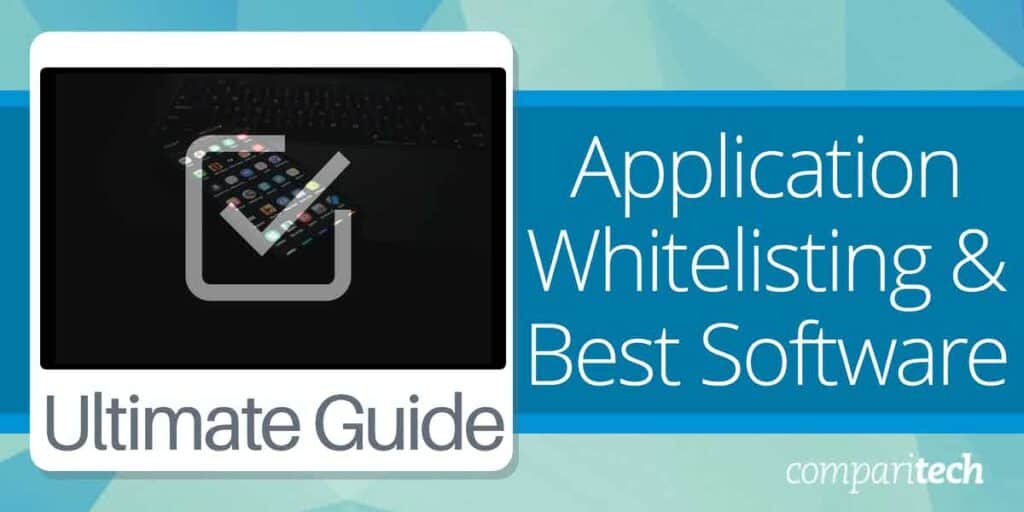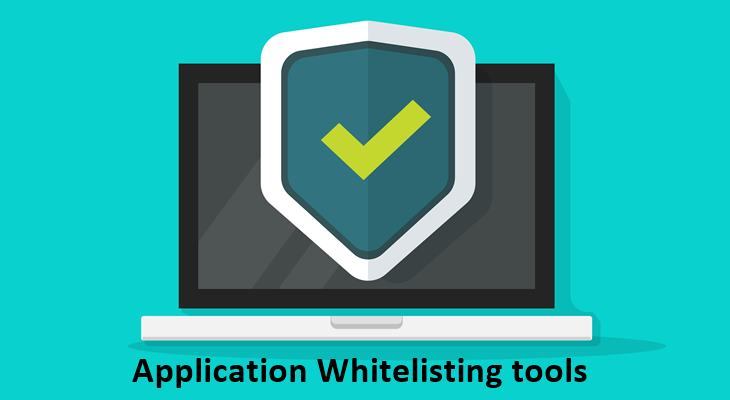White list software, a key component in cybersecurity, offers a proactive approach to access control and system security. Let’s delve into its features, implementation, benefits, and more.
Introduction to White List Software
White list software refers to a cybersecurity tool that only allows pre-approved applications or processes to run on a system. This approach contrasts with black list software, which blocks known threats. The primary purpose of white list software is to enhance security by preventing unauthorized programs from executing and potentially causing harm to the system.
Importance of White List Software in Cybersecurity
White list software plays a crucial role in cybersecurity by reducing the attack surface of a system. By only allowing trusted applications to run, it significantly decreases the risk of malware infections, unauthorized access, and other security breaches. This proactive approach helps organizations better protect their sensitive data and maintain the integrity of their systems.
Examples of Industries Using White List Software
– Finance: Banks and financial institutions rely on white list software to safeguard customer information and prevent fraudulent activities.
– Healthcare: Hospitals and healthcare providers use white list software to protect patient records and ensure compliance with data privacy regulations.
– Government: Government agencies implement white list software to secure sensitive information and defend against cyber threats targeting critical infrastructure.
Difference Between White List and Black List Software
White list software focuses on allowing only approved applications to run, while black list software blocks known threats based on a list of identified malicious programs. White list software offers a more proactive and secure approach to cybersecurity, as it restricts system access to only trusted software, reducing the risk of potential attacks.
Features of White List Software

White list software is a crucial tool for enhancing security measures in various systems. By allowing only approved programs and applications to run, white list software significantly reduces the risk of unauthorized access and potential security breaches. Let’s explore some key features and benefits of white list software below.
Enhanced Security Measures
- White list software provides an added layer of security by only allowing approved programs to run on a system.
- It helps in preventing malware, viruses, and other malicious software from executing on the system.
- By restricting unauthorized access, white list software minimizes the risk of data breaches and cyber attacks.
Network Security, White list software
- White list software plays a crucial role in network security by controlling which applications can communicate over the network.
- It helps in restricting access to sensitive data and resources, thereby safeguarding the network from potential threats.
- By enforcing strict access controls, white list software ensures that only authorized users and applications can interact within the network.
Popular White List Software
- One popular white list software in the market is Bit9 Security Platform, known for its robust application control capabilities.
- Another widely used white list software is McAfee Application Control, offering comprehensive security features for organizations.
- Carbon Black Protection is also a trusted white list software solution that helps in preventing unauthorized access and ensuring system integrity.
Implementation of White List Software

Implementing white list software involves a series of steps to ensure its effective deployment within an organization. It is essential to configure the software correctly and address any challenges that may arise during the process.
Process of Implementing White List Software
- Assess the needs of your organization: Before implementing white list software, it is crucial to understand the specific requirements and security concerns of your organization.
- Select the right white list software: Choose a reputable white list software that aligns with your organization’s needs and budget.
- Configure the software settings: Customize the white list software settings to meet the unique requirements of your organization, such as defining trusted applications and websites.
- Test the software: Before fully implementing the white list software, conduct thorough testing to ensure that it functions correctly and does not disrupt regular operations.
- Train employees: Provide training to employees on how to use the white list software effectively and educate them on the importance of adhering to the approved list of applications and websites.
Best Practices for Configuring White List Software
- Regularly update the white list: Stay updated with the latest applications and websites that need to be added to the white list to ensure comprehensive protection.
- Monitor and analyze activity: Keep track of the software’s activity logs to detect any unauthorized applications or websites attempting to access the system.
- Implement multi-factor authentication: Strengthen security measures by requiring additional verification steps for accessing sensitive data or applications.
- Enable automatic updates: Ensure that the white list software is set to automatically update to the latest version to patch any vulnerabilities and enhance security.
Challenges Faced During Implementation of White List Software
- Resistance to change: Some employees may resist using white list software, viewing it as restrictive or intrusive.
- Complexity of configuration: Configuring white list software can be challenging, especially for organizations with diverse IT environments.
- Compatibility issues: Ensuring that the white list software is compatible with existing systems and applications can be a hurdle during implementation.
Tips for Ensuring Effective Deployment of White List Software
- Communicate the benefits: Clearly communicate the advantages of using white list software to employees and stakeholders to gain their support.
- Provide ongoing support: Offer continuous support and training to users to help them navigate the white list software effectively.
- Regularly review and update policies: Periodically review and update white list policies to adapt to changing security threats and organizational needs.
Benefits of Using White List Software

White list software offers several advantages over other security measures, enhancing system security and contributing to overall cybersecurity strategies. Organizations can benefit greatly from implementing white list software, as seen in the following ways:
Improved Security
- White list software allows only approved applications to run on a system, preventing unauthorized programs from executing.
- By limiting the software that can be used, white list software helps reduce the risk of malware infections and other security breaches.
- With white list software, organizations can have better control over their systems and ensure that only trusted applications are allowed to run.
Enhanced Protection
- White list software provides an additional layer of protection against zero-day threats and unknown malware, as only pre-approved applications can run.
- Organizations can reduce the attack surface and minimize the risk of cyberattacks by using white list software to control which programs are allowed to execute.
Compliance and Auditing
- White list software helps organizations maintain compliance with industry regulations and standards by ensuring that only authorized software is used.
- By keeping a record of approved applications, white list software simplifies auditing processes and helps organizations demonstrate their adherence to security requirements.
Success Stories
- A leading financial institution implemented white list software and saw a significant decrease in security incidents, protecting sensitive customer data.
- An international corporation used white list software to prevent unauthorized software installations, improving system stability and reducing downtime.
Last Recap
As organizations strive to bolster their cybersecurity measures, white list software emerges as a vital tool in fortifying systems against unauthorized access. With its array of benefits and real-world success stories, embracing white list software is a strategic move towards a more secure digital environment.
FAQ Corner: White List Software
How does white list software differ from black list software?
White list software allows only approved entities to access systems, while black list software blocks specific entities. This proactive vs. reactive approach is a key distinction.
What are some best practices for configuring white list software?
Regularly update the white list, limit access to essential resources, and monitor and analyze any attempted access for potential threats.
How does white list software contribute to overall cybersecurity strategies?
By providing granular control over system access, white list software minimizes the attack surface, enhances threat detection, and strengthens overall security posture.
